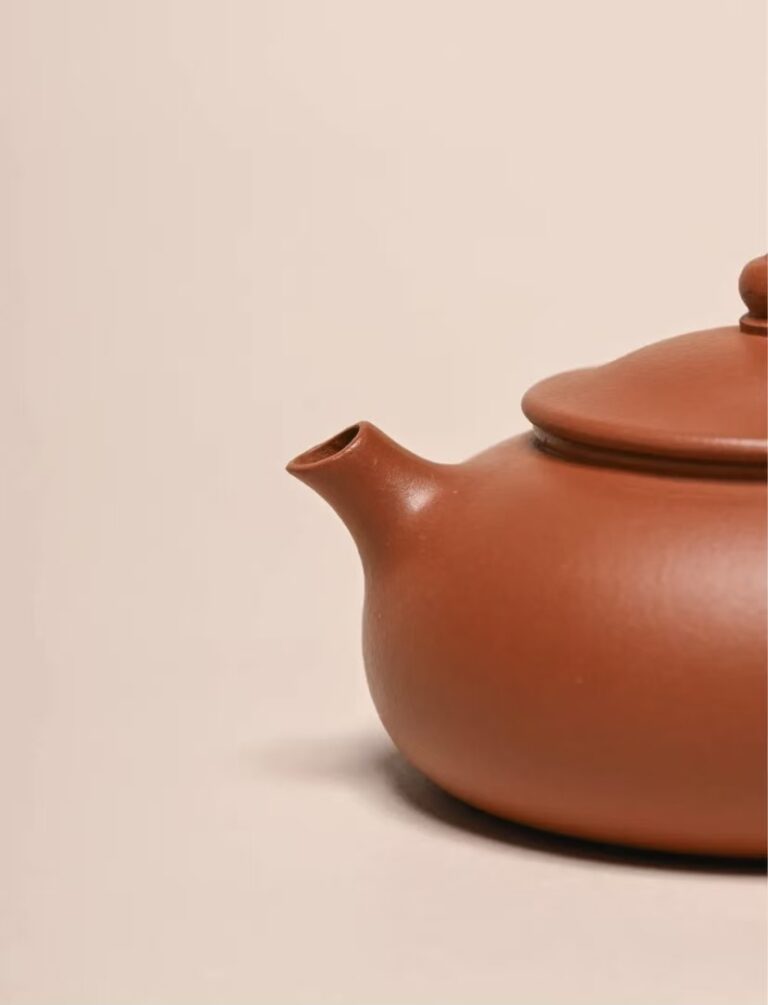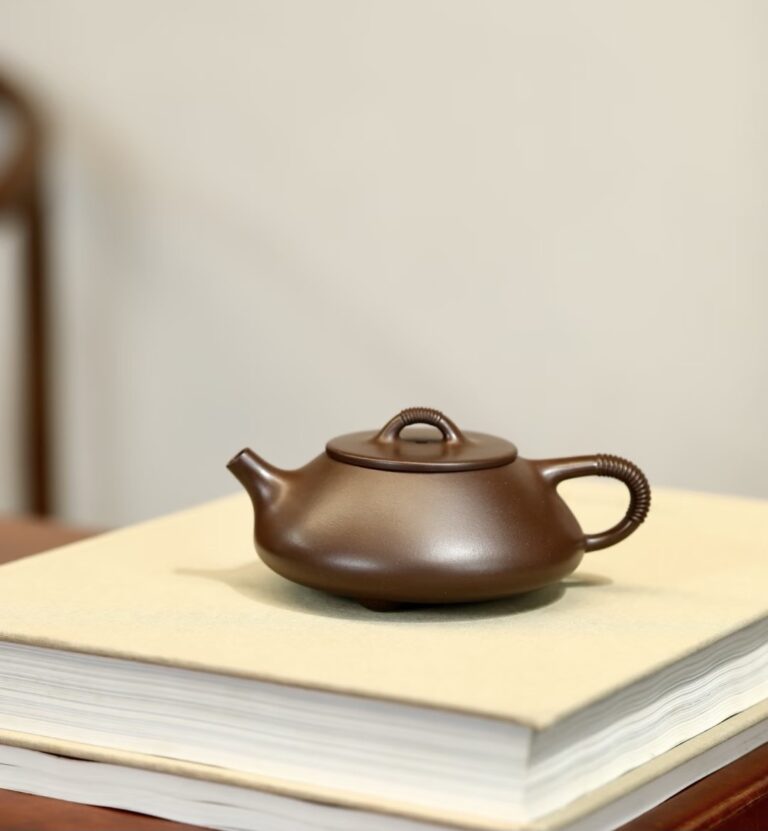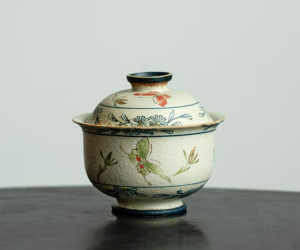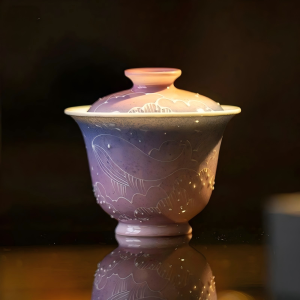
Recently, exciting news has emerged from the tea world: Menghai County’s ancient tea forest in Yunnan, China, has officially set a new Guinness World Record, spanning a massive 563,570 acres. This makes it the largest contiguous ancient tea forest in the world!
The creation of this 2025 Guinness World Record not only brings global attention to Menghai County but also showcases the deep-rooted Chinese tea culture and remarkable achievements in ecological protection. This sprawling tea forest is not just a natural wonder but also a powerful testament to the origin of Pu-erh tea.
So, why did this ancient tea forest in the “first county of Pu-erh tea” stand out to become a world leader? We will delve into the unique secrets behind its success and how the local community has worked to preserve this precious heritage.
Why Did the Menghai Ancient Tea Forest Break the World Record?
Menghai County, located in the western part of Yunnan’s Xishuangbanna, is internationally recognized as the birthplace of tea trees and the Pu-erh tea origin. In addition to housing legendary tea mountains like Lao Ban Zhang and Bulang Mountain, the region holds several “world’s firsts,” including the oldest wild and cultivated tea trees and the largest contiguous cultivated ancient tea tree cluster.
- Unique Natural Environment: The key to the flourishing of this ancient tea forest lies in Menghai’s unique multi-dimensional climate. The average annual temperature of 18.7°C perfectly matches the ideal temperature for tea growth. The 107-160 annual foggy days create an ideal diffused light environment for the tea trees, promoting a gentle accumulation of internal substances and aromas in the leaves.
- “Living Fossils” of Tea: This harmonious ecosystem, where tea trees and the forest coexist, has resulted in a tea forest where century-old trees are common. Some trees even stand for over a thousand years, silently narrating the profound history of Menghai as the origin of Pu-erh tea. To learn more about the art of making Pu-erh tea, see our article, “Pu-erh Tea: The Art of Production“.
A Three-Pronged Protection System: Guarding a Living Heritage
To safeguard this magnificent ancient tea forest, Menghai County has woven a comprehensive protection network led by the government, empowered by technology, and embraced by the entire community.
- Laws and Policies: Menghai County has enacted the “Ancient Tea Tree Resource Protection Regulations,” imposing fines of up to 500,000 RMB for unauthorized felling. At the same time, the “Ancient Tea Forest Ecological Compensation” program provides an annual subsidy to tea farmers in core protection zones, ensuring conservation and local livelihoods go hand-in-hand.
- Technological Empowerment: In partnership with the Chinese Academy of Sciences, Menghai County has established a professional gene bank for ancient tea trees. It also introduced a “Tree Radar Detection System” in 2023. This non-invasive technology can “see” through tree trunks to precisely detect internal decay, shifting protection from “treating disease” to “preventing illness,” ensuring the health of the ancient tea trees.
- Community Stewardship: The dedication of generations of Menghai tea farmers is the lifeblood of the tea forest. They uphold traditional ecological farming practices and protect the biodiversity of the forest. Young entrepreneurs, in turn, are using e-commerce platforms to share the charm of Menghai tea with the world, injecting new vitality into the traditional tea industry.
Turning “Green” into “Gold”: The “Tea Forest+” Model
Protection is for a better future. While safeguarding its natural environment, Menghai is also using a “Tea Forest+” model (integrating tea, tourism, and culture) to drive the development of its five major ancient tea mountains. The success of this model is best seen in Bulang Mountain, where the local government successfully established two 2A-rated scenic spots. Through features like a tea mountain trail and a small marketplace, the region saw a 40% year-on-year increase in visitors in 2024. During the 2025 spring tea season alone, villagers earned over 200,000 RMB from selling local products. This successful practice vividly illustrates how the “Tea Forest+” model transforms ecological advantages into a powerful engine for rural revitalization. For a deeper understanding of Pu-erh tea’s flavor, read our article “The Aftertaste and Sweetness of Pu-erh Tea“.
Ready to Taste the History?
The Menghai ancient tea forest is not just a place on a map; it’s a living legacy that you can experience with every sip. Now that you’ve discovered the history and unique origins of Pu-erh tea, why not explore our curated selection of authentic Pu-erh teas?
Each leaf tells a story of the soil, the climate, and the generations of tea farmers who have dedicated their lives to preserving this incredible heritage.
Explore Our Authentic Pu Erh Tea Collection
FAQs: Your Questions About the Menghai Ancient Tea Forest
A: It’s a vast, contiguous tea-growing area in Menghai County, Yunnan, China, certified by a 2025 Guinness World Record as the world’s largest. It’s home to ancient tea trees, some over a thousand years old.
Menghai is widely regarded as the birthplace of Pu-erh tea. It holds some of the world’s most ancient tea trees and is the center of a rich tea culture and tradition.
No. Unlike modern plantation teas, tea from this ancient tea forest is grown in a biodiverse, natural environment without pesticides or fertilizers, resulting in a unique and complex flavor profile.







